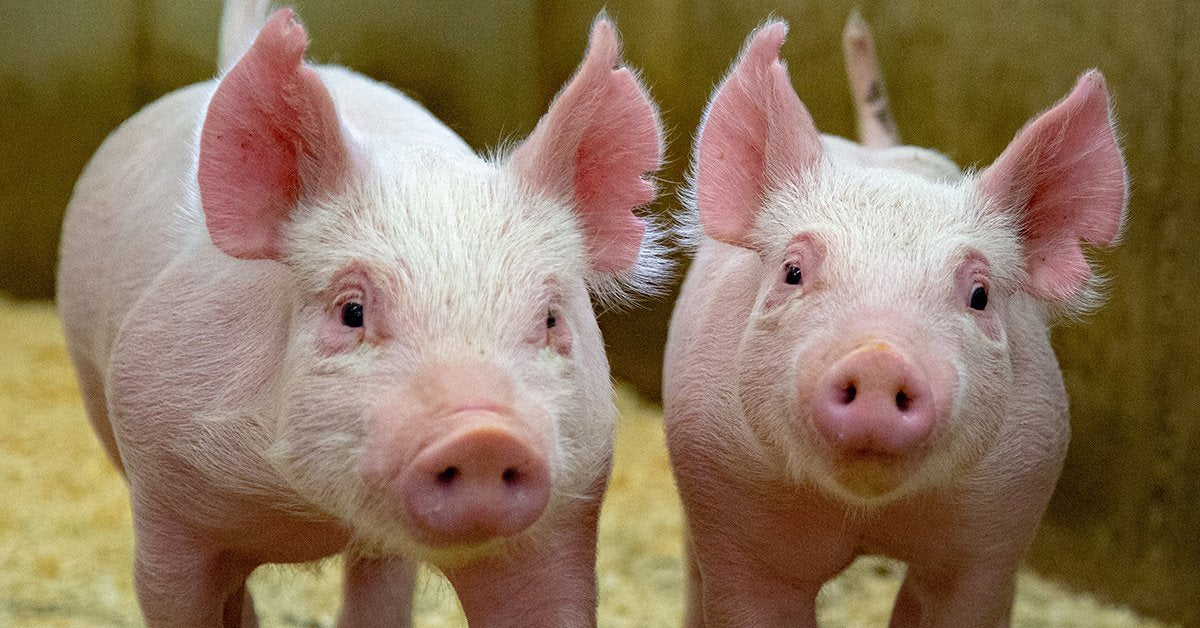Johnson County Agricultural & Natural Resources Newsletter
Plan is to release a quarterly edition. If you would like to be added to our email/mail list email johnsonces@purdue.edu or call 317-736-3724
January 2025 Johnson County ANR
Spring 2025 ANR Newsletter
SUMMER 2025 Johnson county anr
FALL 2025 anr newsletter
December 2025 - January 2026
2026 Master gardener basic training
Application Packet
We are pleased to announce that we are now accepting applications for the 2026 Johnson County Master Gardener Basic Training! Please read the instructions below:
- Read the 2026 Application packet which includes the Purdue Extension Master Gardener Policy Guide and the Master Gardener Application that is linked above.
-
- If you would like a paper copy, please come into the extension office to pick one up - 484 N Morton Street, M-F 8am-4:30pm
- Complete the application (Appendix B on the attached application packet)
- Submit the completed application to sdaming@purdue.edu or drop it off at the extension office by December 19th, 2025.
-
-
**Please note, this program first comes, first served. You will be put on a waitlist after we have reached the maximum number of participants. The sooner you turn in your application, the better.
- Complete a government issued ID check. If you turn in the completed application in person, we will check your ID when you drop it off. If you are emailing the completed application, we will set up a zoom to check your ID.
-
You will be notified via email if you have been accepted into the training this year and will be given further instructions to complete the process including payment.
Please refer to the application packet above that shares further detail regarding the class including price and syllabus. As you look at the syllabus, please recognize that we can only allow you to miss up to 3 classes before removing you from the program. If you cannot make this commitment, we ask that you leave your spot for someone else.
Soil testing information
Testing your landscape and garden soil for its nutrient composition is a great tool to plan for the future. A soil test will reveal your soil nutrient composition and help you determine which type of fertilizer you may need to apply. Here are some great resources for you to utilize when soil testing!
Collecting Soil Samples for Testing
Purdue plant doctor
Are you concerned about a possible disease or pest in your yard? Use the Purdue Plant Doctor to help you diagnose.
PURDUE PLANT DOCTOR
Toxic Plants Website
Are there toxic plants in your pasture, hay field, or yard? Toxic plants can be a potential threat to livestock and pets well-being. Check out the website linked to learn more about these toxic plants!

